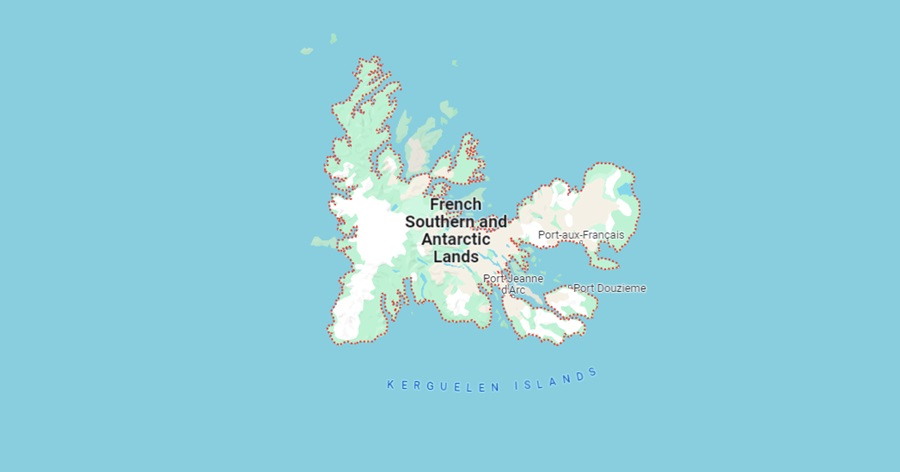

The Kerguelen Islands, also known as the Desolation Islands, are a remote island group located in the southern Indian Ocean, about halfway between Africa and Antarctica. The group consists of three main islands, as well as numerous smaller islands and islets. The islands are of volcanic origin and are made up of rugged mountains and steep cliffs, making them a challenging destination to reach. The islands are home to a wide variety of wildlife, including seals, penguins, and seabirds. The islands are also home to a rare species of plantlife, as well as numerous species of algae and plankton. The waters surrounding the islands are some of the most productive in the world, and are a popular fishing destination. The Kerguelen Islands are mostly uninhabited, with the exception of a small research station that is operated by France. The station is used for scientific research and is staffed by a small team of scientists and technicians. The station also serves as a base for French exploration activities in the region. The islands are extremely remote, and are usually shrouded in fog and mist. This makes them difficult to reach by boat or plane. The islands can also be difficult to traverse due to the rugged terrain and cold temperatures.
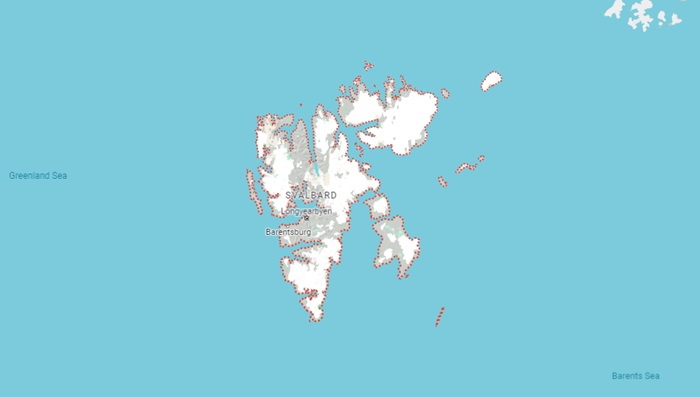
Spitsbergen, located in the Arctic Ocean, is the largest and only permanently populated island of the Svalbard archipelago. Spitsbergen is one of the most remote islands in the world. The archipelago is located halfway between the North Pole and the Norwegian mainland, making it a highly isolated landmass in the Arctic Ocean. The island is home to a wide variety of wildlife and landscapes, including glaciers, fjords, mountains and tundra. The fjords of Spitsbergen are some of the most picturesque on the planet, with their steep sides and crystal-clear waters. The islands are also home to polar bears, Arctic foxes, walruses, and seals. The climate of the island is cold, with temperatures rarely rising above zero, and the winter months bring temperatures down to sub-zero levels, with snowfall continuing for months. Despite the harsh weather, the island’s flora is surprisingly abundant, with over 1,000 species of plants, making it one of the most diverse ecosystems in the Arctic. Spitsbergen is also home to a number of human settlements and research stations, including the largest town of Longyearbyen. This small town is home to roughly 2,500 people who mostly work in the mining, fishing, and tourism industries. The island also hosts a number of research stations, including those belonging to Russia, Norway, and the United States. Despite its remote location, the island of Spitsbergen has been inhabited for centuries, and continues to be an important part of the Arctic ecosystem.
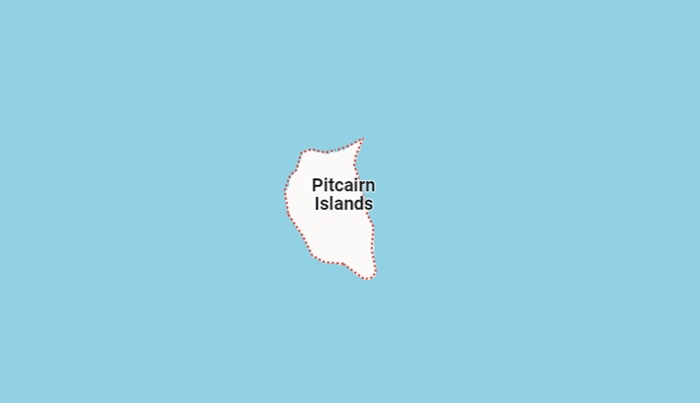
Pitcairn Island is an isolated, remote island located in the southern Pacific Ocean, and is one of the most remote islands in the world. The island is just four and a half miles long and two miles wide, and is inhabited by roughly 50 people, making it one of the least populated places on earth. It is also the last British Overseas Territory in the Pacific Ocean. The island is thought to have been formed from a volcanic eruption millions of years ago, and its rugged terrain is covered with lush vegetation and palm trees. The waters around the island are teeming with marine life, and it is a popular spot for snorkeling and scuba diving. Pitcairn Island has a long and storied history, being the site of the famous mutiny on the Bounty in 1789. This event made the island famous, and it has since been featured in books, films, and television shows. The island is self-sustaining, and its inhabitants live off the land and sea. They have a unique culture and speak their own language, a mixture of Tahitian and English. The island is also home to some of the world’s oldest living trees. The island is very difficult to reach, with the only regular access being by boat. This is because there is no airport on the island, and the nearest airport is located over 1,000 miles away. The island is also very isolated, being located over 2,000 miles away from any major landmass.
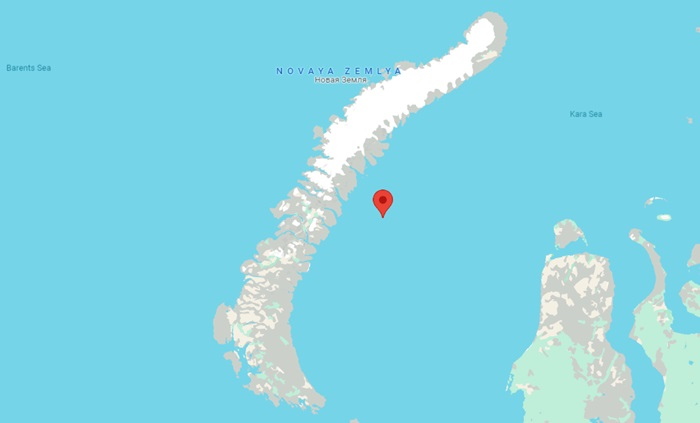
Novaya Zemlya is a remote island that lies in the Arctic Ocean in the extreme north of Russia. It is a rugged, mountainous archipelago with two main islands, Severny and Yuzhny, and a host of smaller islands. The islands are separated by the Matochkin Strait, which was once a major migratory route for beluga whales. Novaya Zemlya is a remote and isolated place, with no permanent human settlements. The closest town is Naryan-Mar, about 350 km away on the mainland. The islands are mostly uninhabited, with a few Russian military installations scattered around. The main industries on the islands are fishing and mining. Novaya Zemlya is an area of great natural beauty, with dramatic mountains, glaciers, fjords and tundra. The islands are home to a wide variety of wildlife, including polar bears, walruses, whales and seabirds. The surrounding waters are rich in fish and other marine life. Novaya Zemlya is a remote and isolated place, with no easy access and no modern amenities. The islands can be reached by boat from Naryan-Mar, or by air from Murmansk or Arkhangelsk. The island has a long history of human habitation, dating back to prehistoric times. In more recent times, Novaya Zemlya was used as a testing ground for nuclear weapons by the Soviet Union. The island was declared a nature reserve in 1978, and is now part of the Russian Arctic National Park.
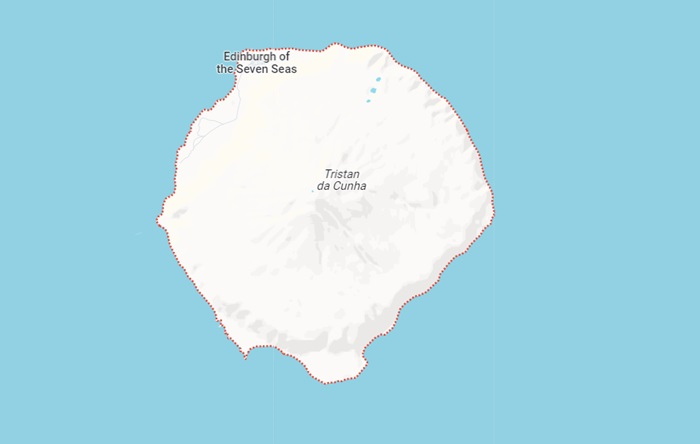
Tristan da Cunha is a remote volcanic island located in the South Atlantic Ocean. It is one of the most remote inhabited islands on Earth, located more than 2,000 miles from the nearest landmass. The island is part of the British Overseas Territory of Saint Helena, Ascension, and Tristan da Cunha. Despite its remoteness, the island is home to a small population of around 270 people. The island of Tristan da Cunha is the main island of a small archipelago, which also includes Nightingale, Inaccessible, and Gough Islands. It is a mountainous island, with its highest point being the summit of Queen Mary's Peak at 2,060 feet. The island is surrounded by steep cliffs that make it difficult to access by sea. The climate of Tristan da Cunha is mild and oceanic, with frequent rain and strong winds. The island is covered in lush green grass and is home to a variety of wildlife, including seals, penguins, and albatrosses. Tristan da Cunha's economy is largely dependent on fishing and the sale of postage stamps, both of which bring in revenue from tourists. The island is also known for its potato farming and the production of fresh fish. The island's main exports are lobster, tuna, and canned fish. The island's residents are mostly of British origin and speak English, though some also speak a local dialect of English. There is also a small population of Portuguese settlers on the island. Tristan da Cunha is an isolated and remote island, but it is also well-known for its unique landscape and wildlife. Despite its remoteness, the island is home to a small but dedicated population, which makes it one of the most unique places on Earth.
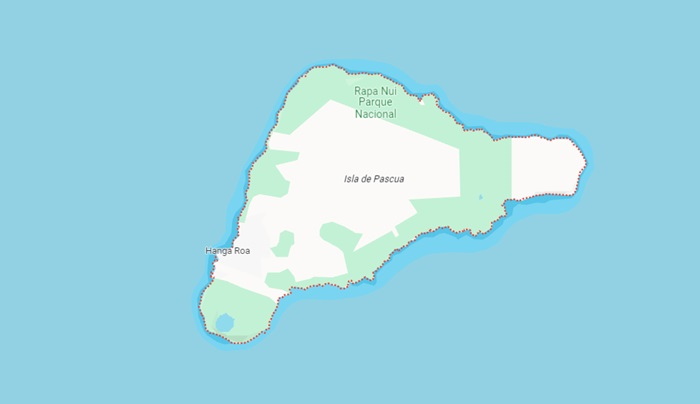
Easter Island, known as Rapa Nui in the local dialect, is a remote island located in the southeastern Pacific Ocean. It is a Polynesian island belonging to Chile, and is roughly 2,300 miles from the mainland. The nearest inhabited island is Pitcairn, located over 1,200 miles away. Easter Island is best known for its monumental statues, known as moai, built by the Rapa Nui people between 1250 and 1500 CE. These moai are distributed across the island, often along the coast. Hundreds of them have been documented, but there are likely many more that remain to be discovered. The moai are believed to represent the ancestors of the Rapa Nui people. The island is also home to several species of endemic fauna and flora. These include the Easter Island rail, the Easter Island hopping mouse, and the Easter Island palm. The island also has several endemic bird species, such as the Easter Island snipe and the Easter Island harrier. Easter Island is surrounded by a coral reef, which is home to a variety of tropical fish, sea turtles, and other marine life. The island is also known for its white sandy beaches, which are popular with visitors. The climate of Easter Island is tropical and humid, with temperatures ranging from 68 to 86 degrees Fahrenheit. Rainfall is abundant, with an average of 20 inches of rain per year. Easter Island is an isolated and remote island, with its nearest inhabited neighbor being Pitcairn Island. This isolation has allowed the island to maintain its unique culture, which is based on ancient Polynesian traditions. The language, Rapa Nui, is still spoken by the island's inhabitants. Easter Island is an intriguing and fascinating place to visit. Its unique culture, monuments, and wildlife make it a must-see destination. From its towering moai to its unique species of wildlife, Easter Island is a place that will remain in the memory for years to come.

South Georgia is an isolated and remote island situated in the South Atlantic Ocean. It is located approximately 1,400 km east-southeast of the Falkland Islands, and about 2,099 km south-southwest of the coast of South America. It is home to an incredible variety of wildlife, including penguins, elephant seals, albatross, fur seals, and whales. South Georgia is part of the territory of the United Kingdom and the South Sandwich Islands, and the island is the only permanent human settlement in the area. The island is mostly covered in glaciers, and the highest point on the island is Mount Paget, at 2,935 m. The climate of South Georgia is cool and wet, with temperatures rarely exceeding 10°C. The island is subject to frequent storms, and the average wind speed is 25 knots. Due to its remote location, the island has few visitors, and there are no airports or hotels on the island.

Diego Garcia is a remote island located in the Indian Ocean, about 1,000 miles south of India and almost halfway between Africa and Indonesia. It is the largest of the 60 small islands of the Chagos Archipelago and the only island that is permanently inhabited. Diego Garcia is a British overseas territory, part of the British Indian Ocean Territory (BIOT). The island has a rich and diverse history, having been under the control of different countries throughout the centuries. The Portuguese were the first to occupy the island in the 16th century, followed by the French and British in the 18th century. The British eventually took control of the island in 1815 and it became part of the BIOT in 1965. Diego Garcia is a tropical oasis surrounded by sparkling blue waters. The climate is tropical, hot and humid with a wet season from May to October and a dry season from November to April. The island has lush vegetation and abundant wildlife, including several species of birds, reptiles, and mammals. The island is also home to a military base, which is the largest military base on the island. The US Navy and the British military share the base and it is used for various operations, including strategic intelligence and communications. Diego Garcia is an isolated, remote paradise that is far from the hustle and bustle of civilization.